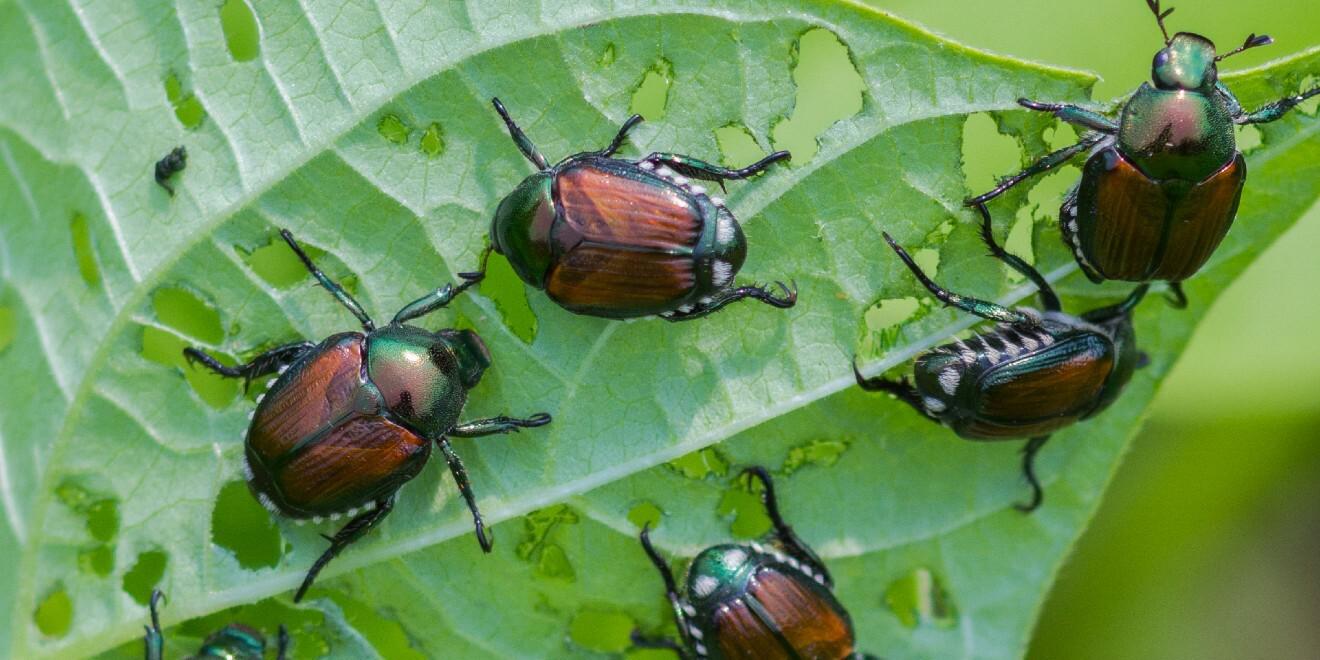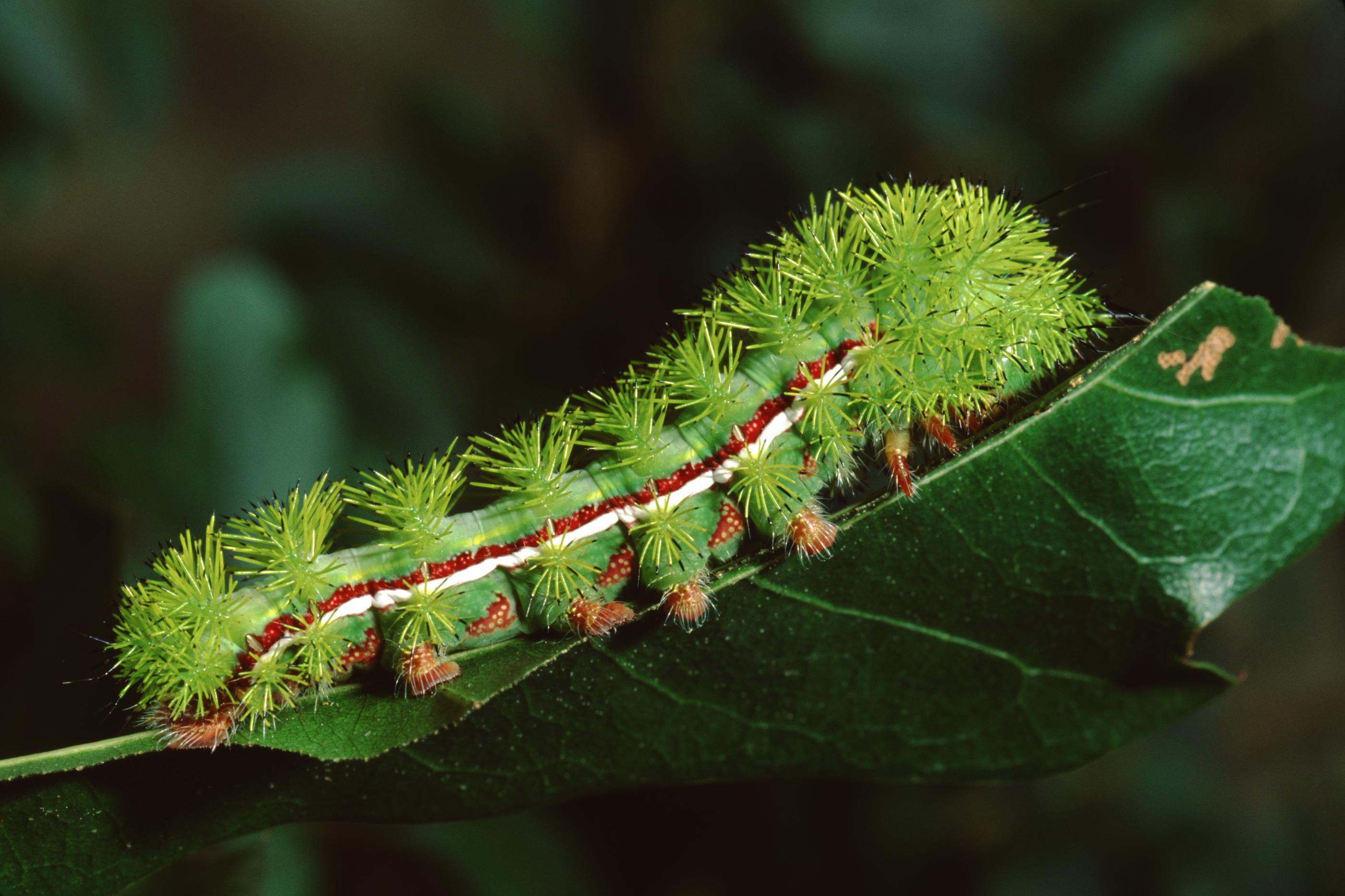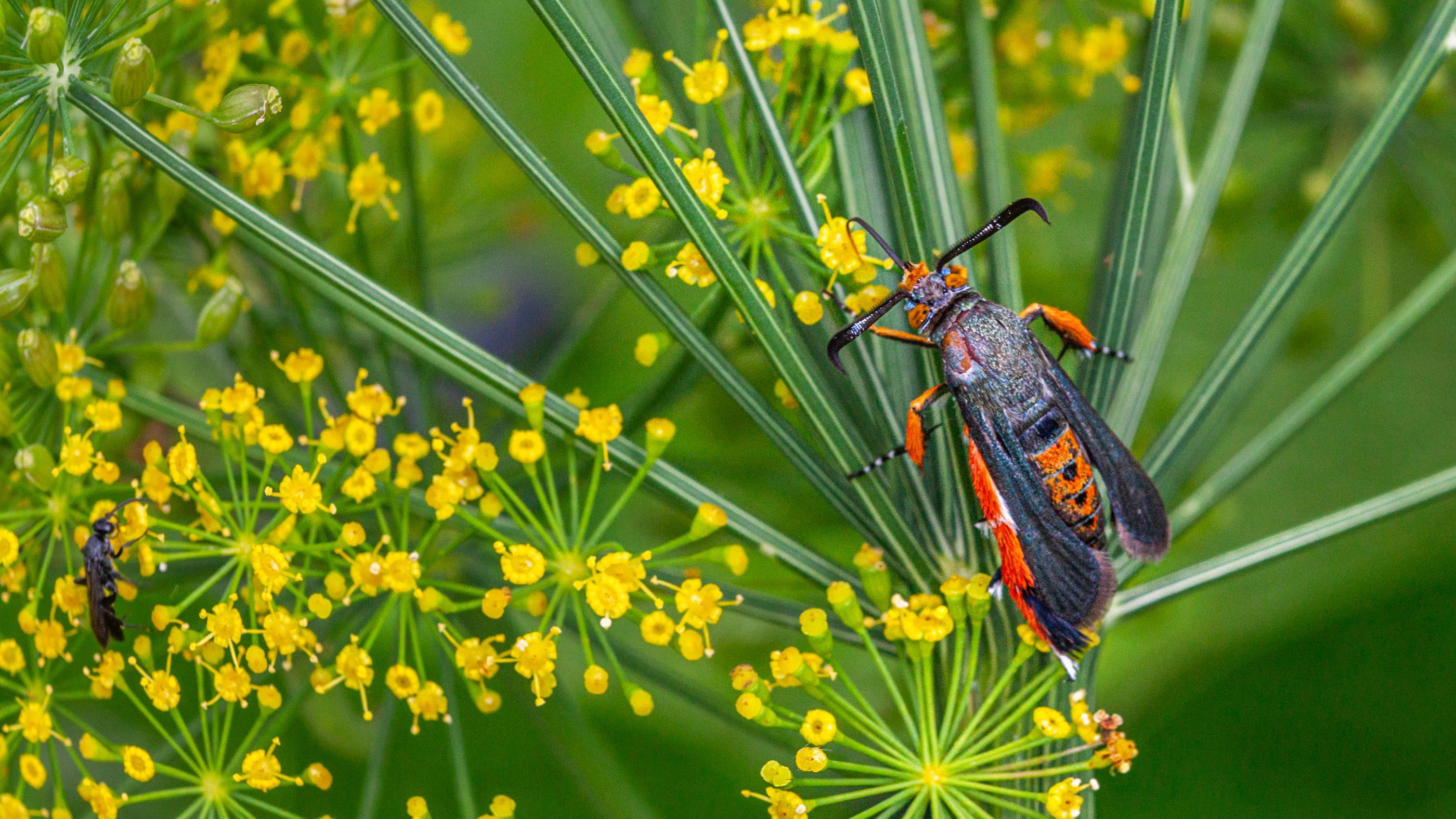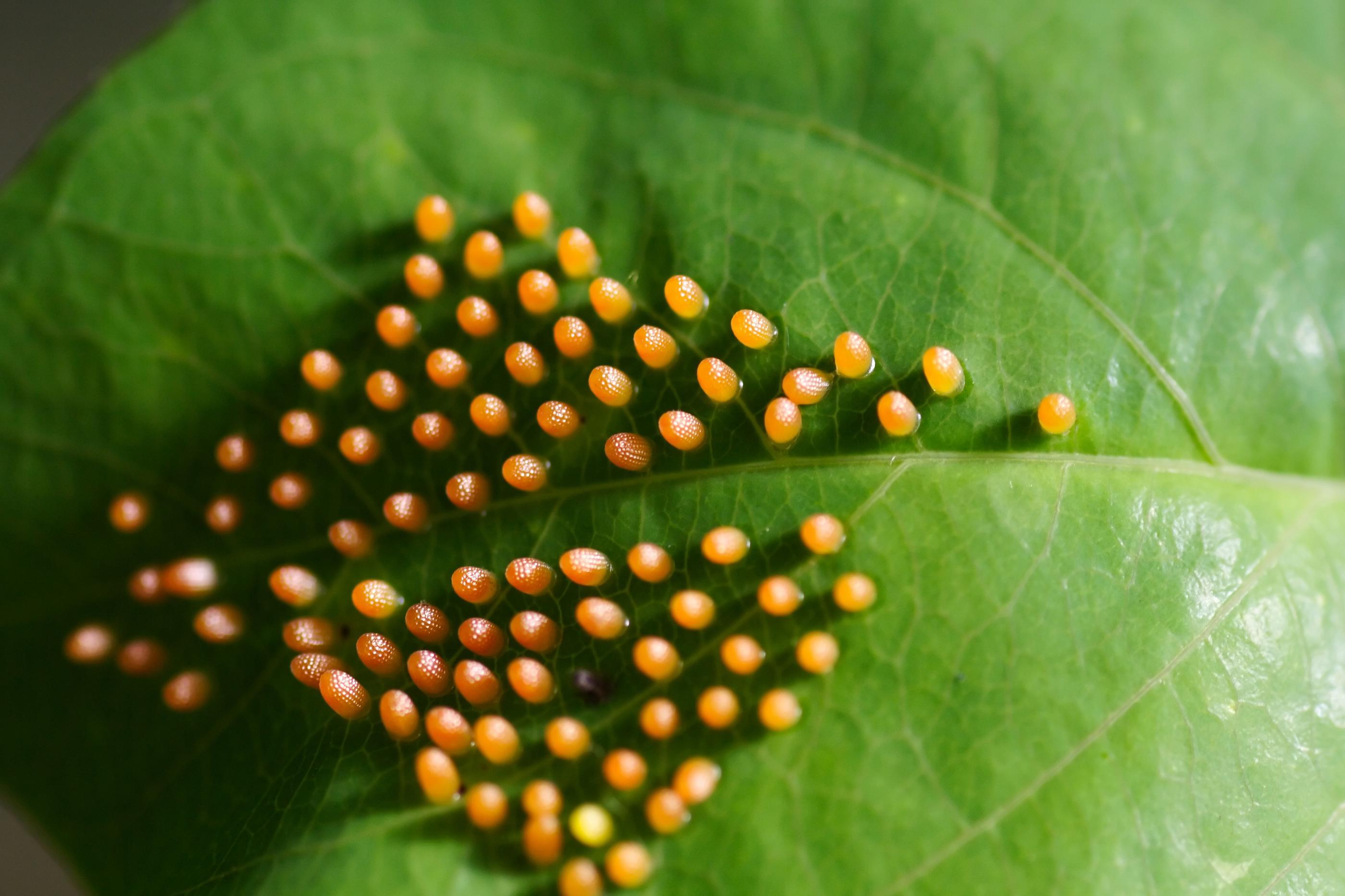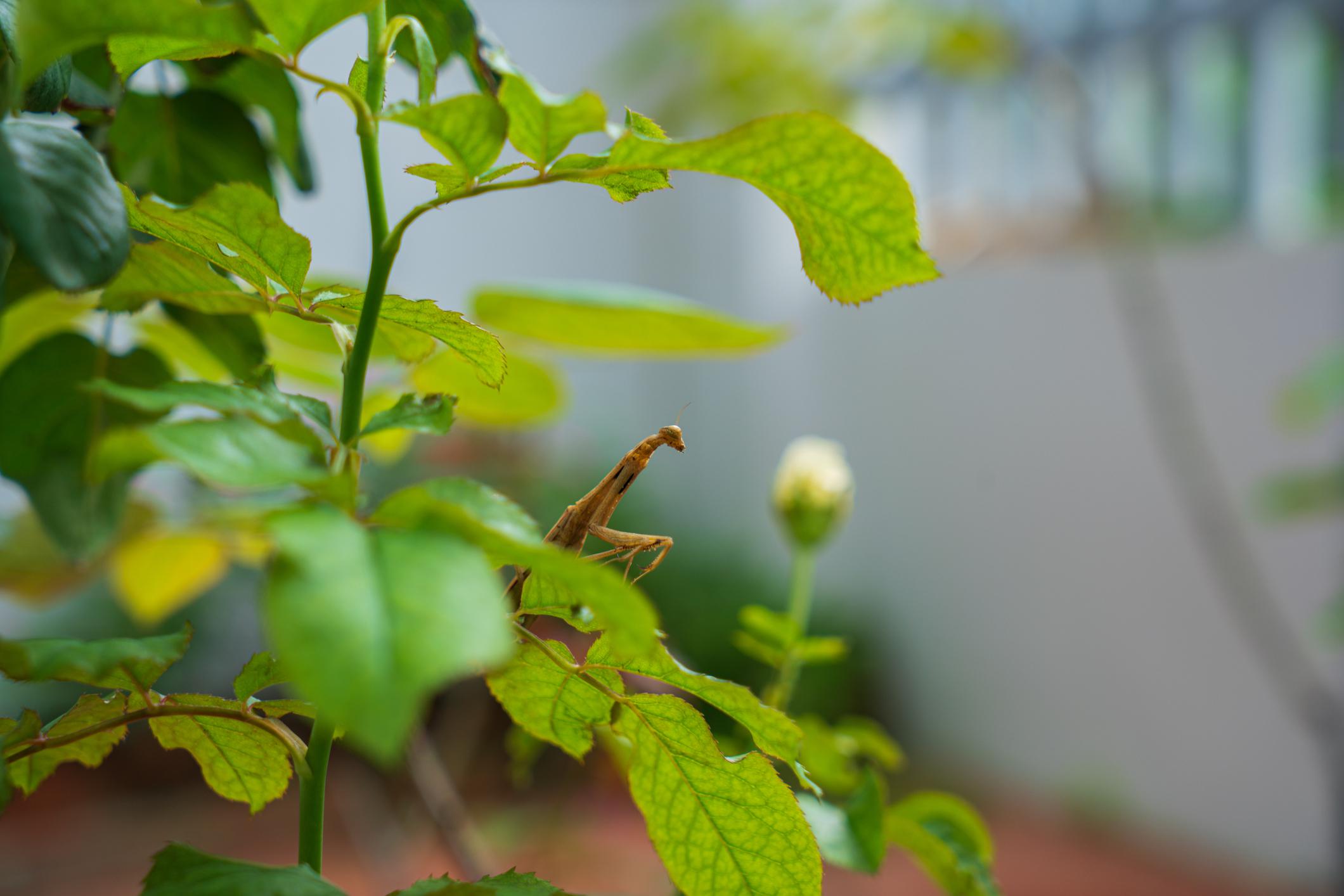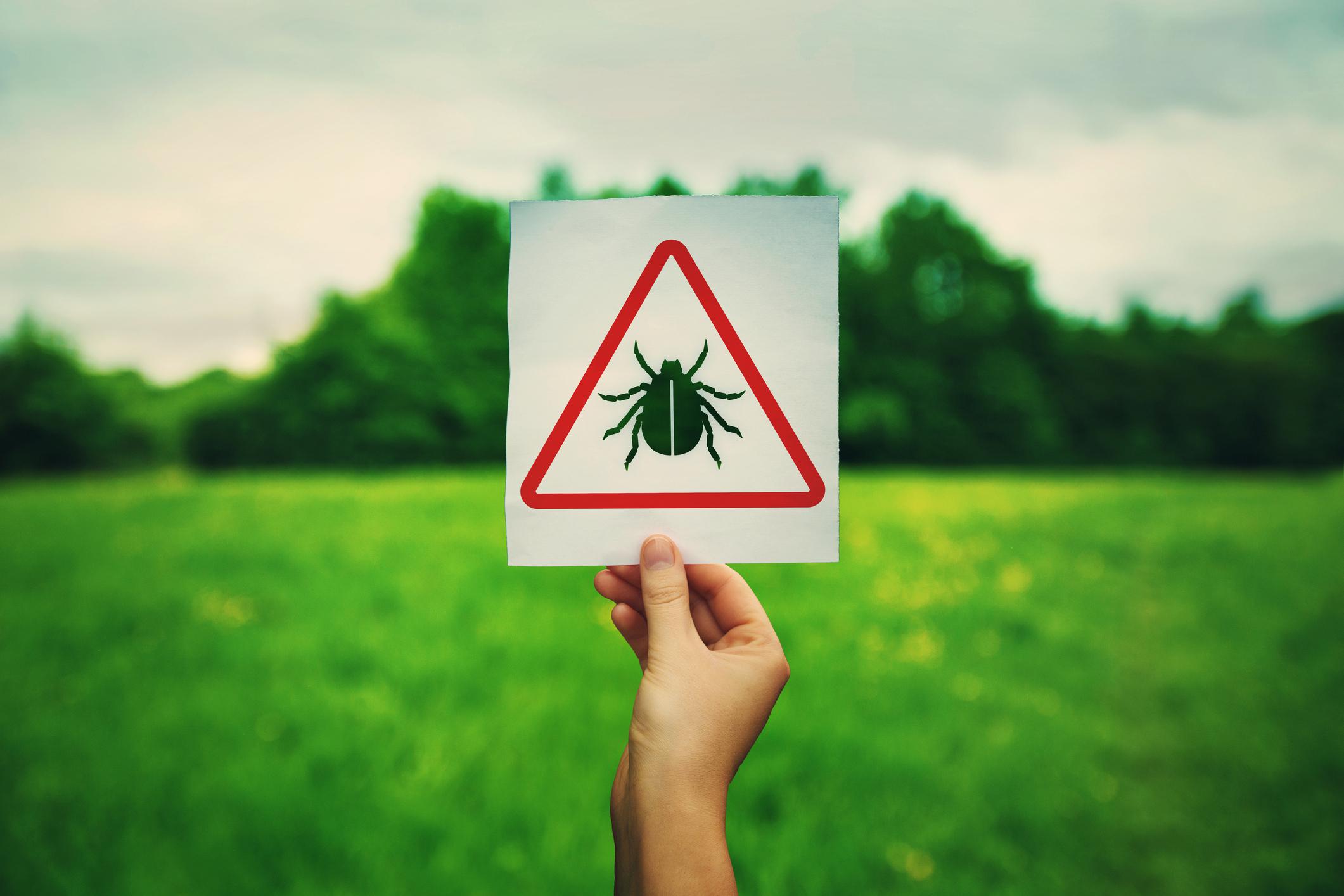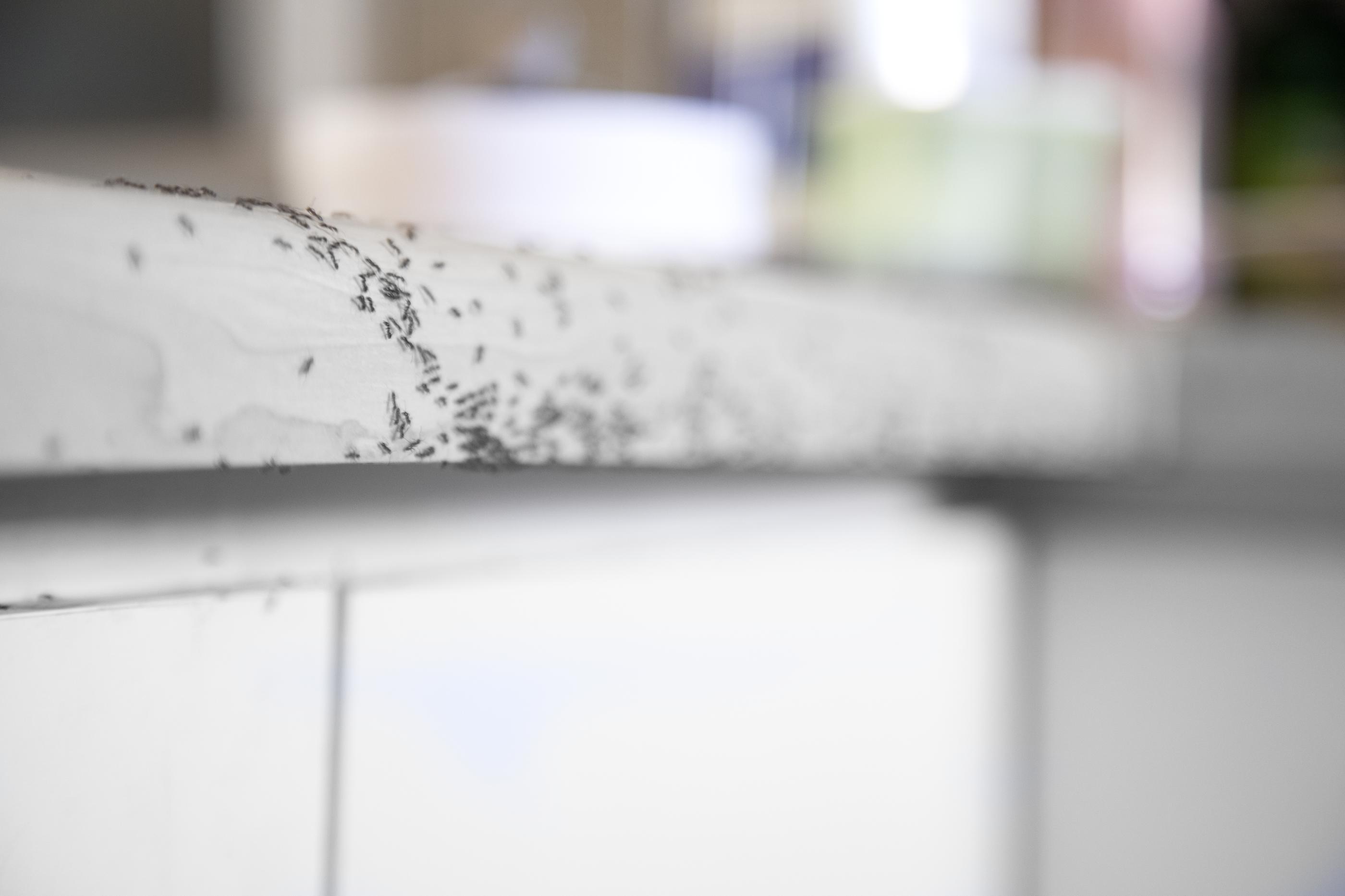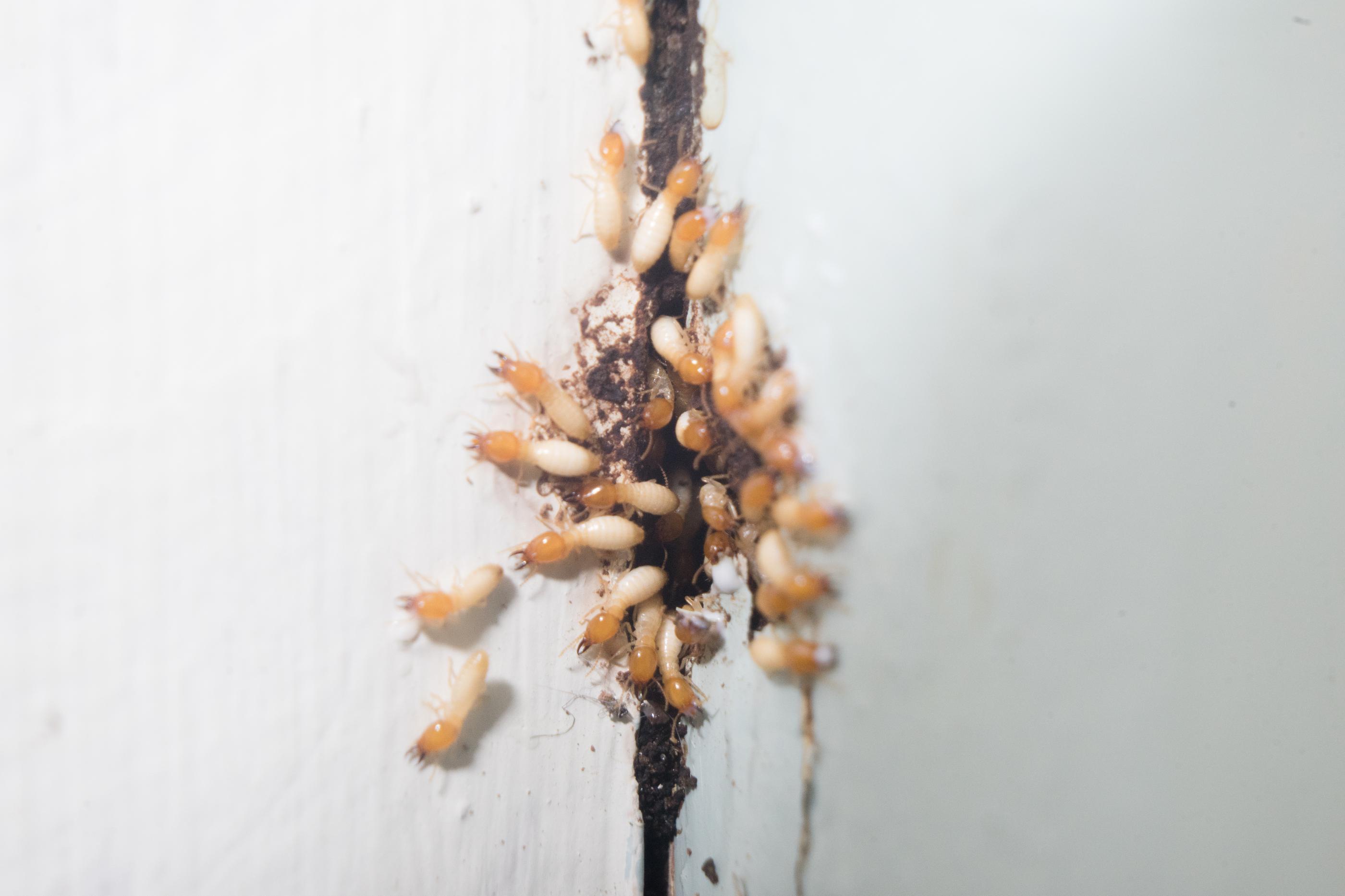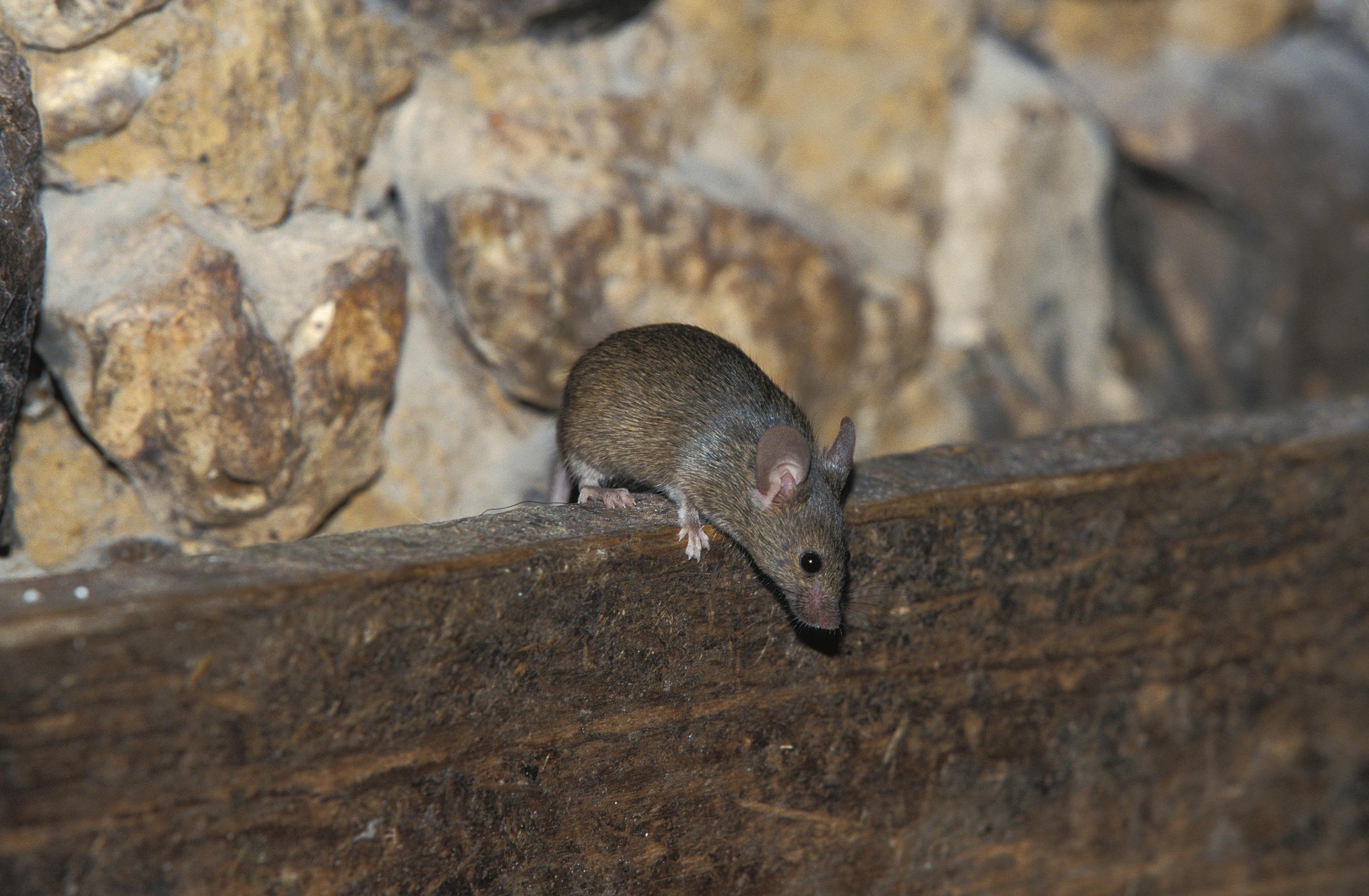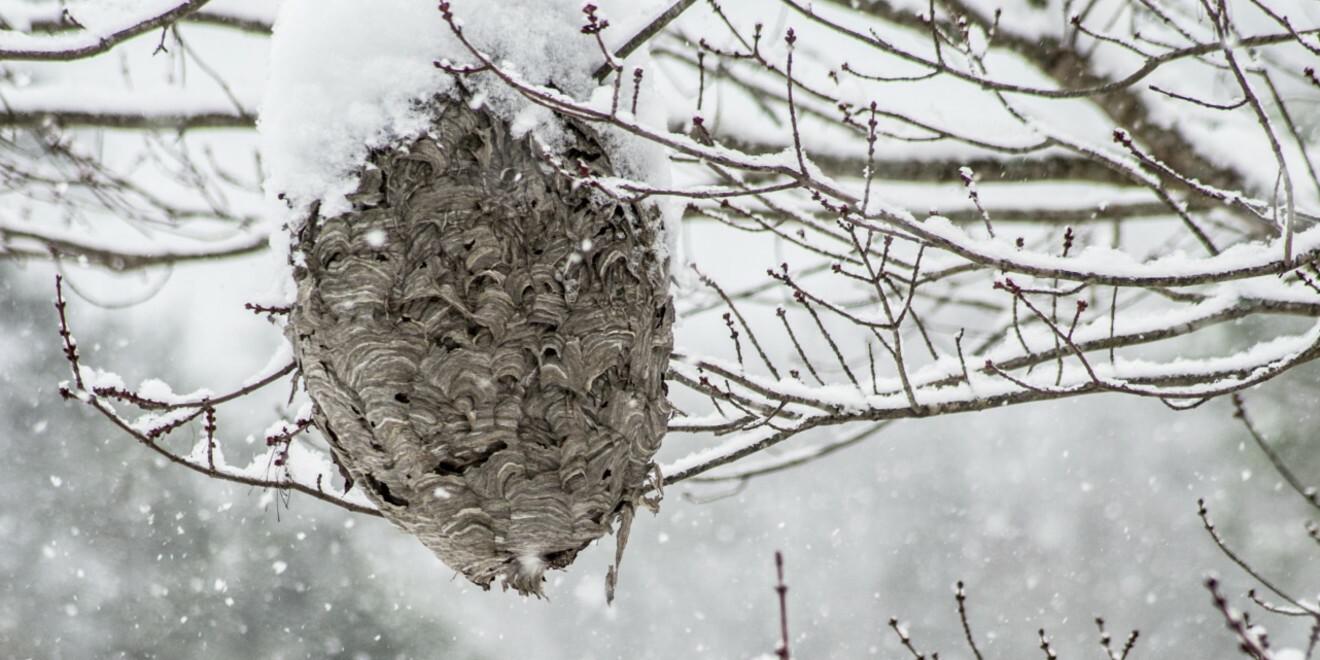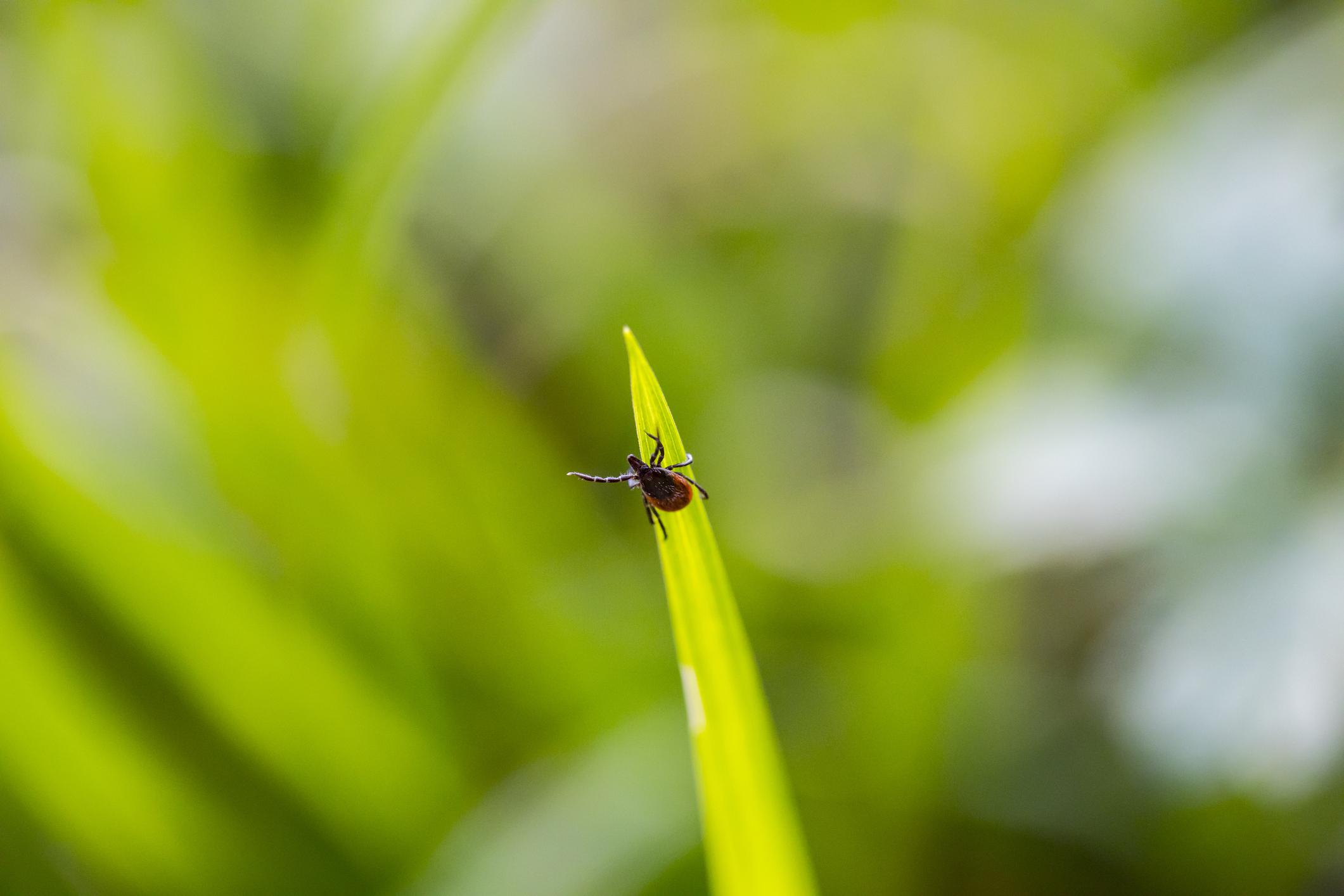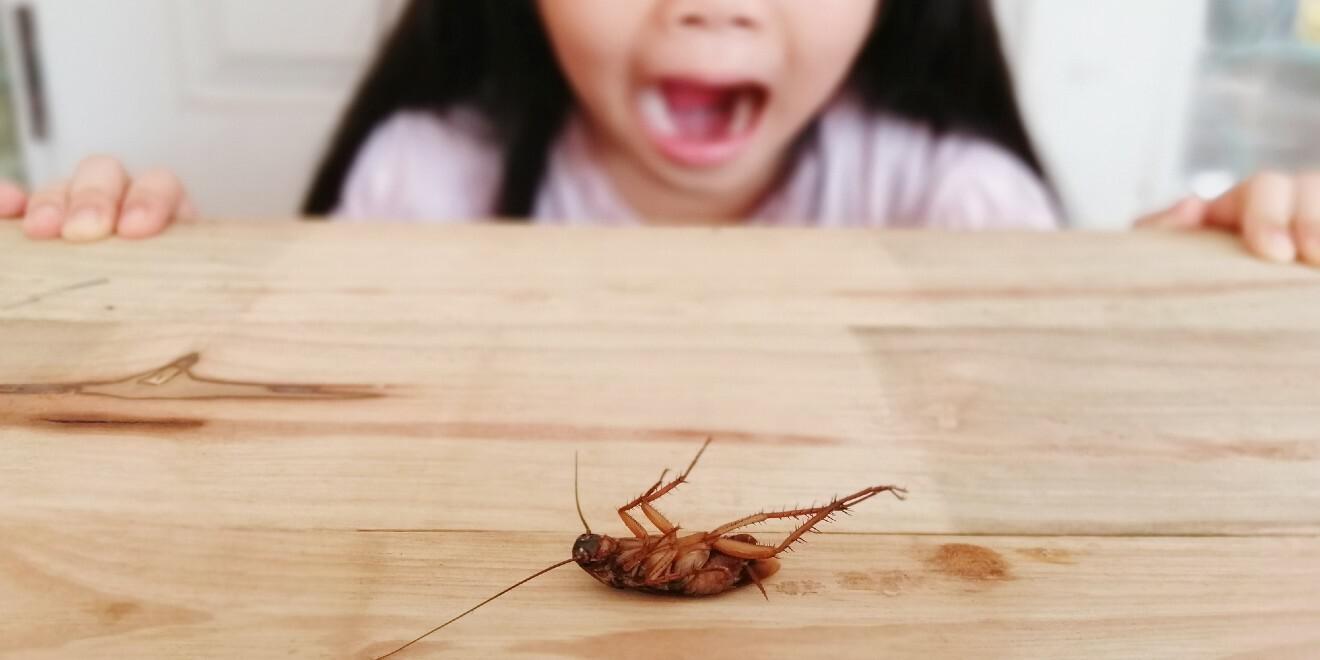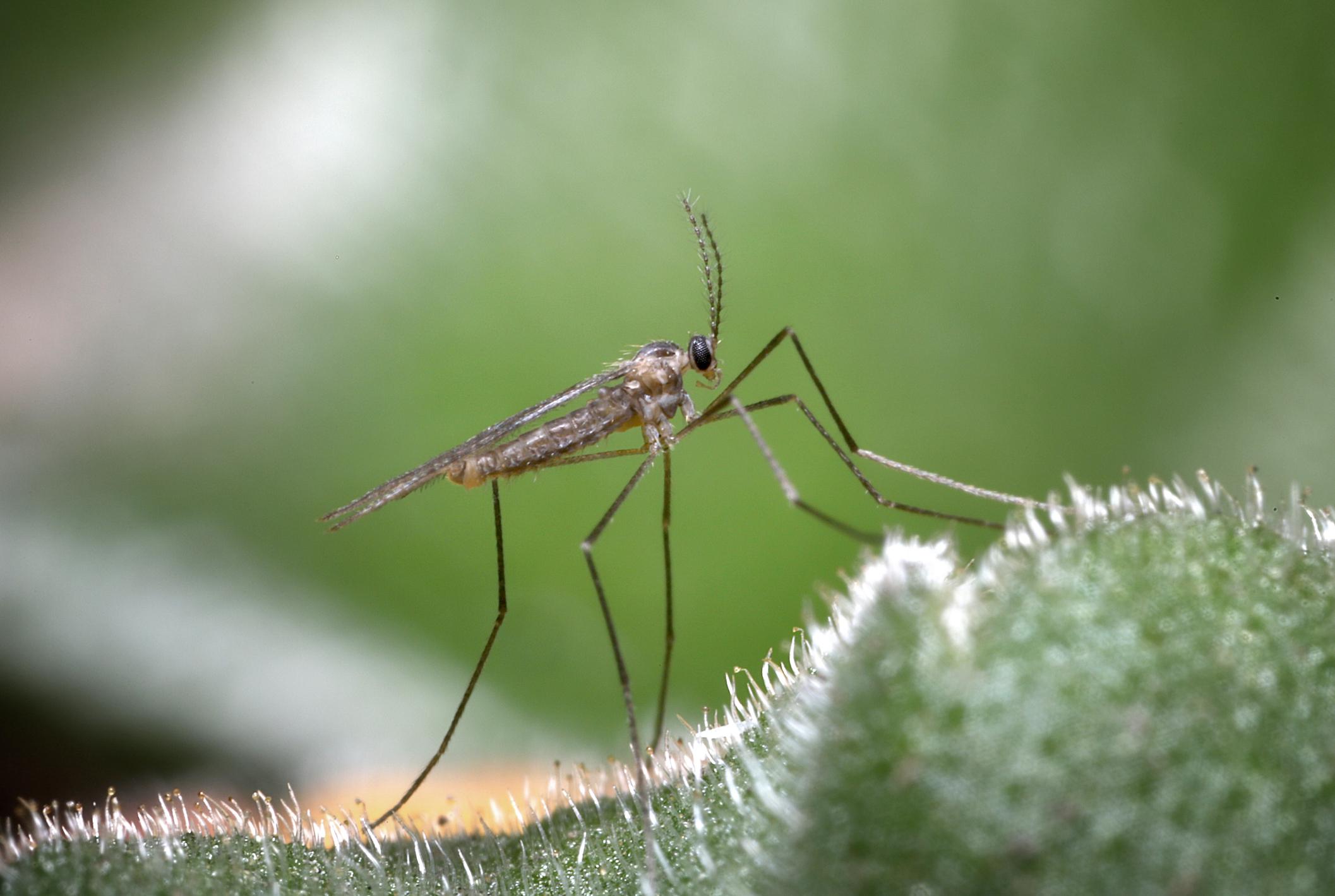Tick Tubes: The Most Effective Long Term Tick Control in Southeastern Massachusetts
Posted by Mosquito Squad
September 14, 2016
If you research the life cycle of a tick, you might ask why we mention “long term” tick control. The CDC clearly shows that the risk for tick-borne disease infection is predominantly late spring and summer. That’s when ticks are most plentiful, right? So why not mist then and be done with it? It’s not quite so simple. The entire 2-3 year life cycle of the tick and more importantly how they get from here to there and what they feed on comes into play. And it all begins with a mouse.
What Does a Mouse Have to Do With It?
Blacklegged Ticks, commonly known as “deer ticks,” are the most common ticks in our region. When deer ticks hatch into larval ticks, they will search for their first blood meal. The University of Rhode Island’s Tick Encounter Resource Center tells us that this will come from small birds or rodents such as white-footed mice. If the mouse is infected with bacteria, such as the one that causes Lyme disease, there is an 80-90% chance that tick will become infected too. This makes the mouse a “reservoir host” because it passes the infection on to the tick. This first blood meal is what allows the tick to grow and molt, emerging as a nymph tick in late spring or early summer.
Looking For A Larger Host
Ticks in the nymphal stage will look to mammals larger than birds or rodents for their next blood meal. Spring to summer just happens to be when tick-borne diseases are most commonly spread. If an infected tick latches onto a human or pet, the disease can be transmitted. But that is not the end of the story. When the nymphs become adults, the females will need a blood meal with enough protein to sustain the 1500-2000 eggs they will soon be ready to lay. Deer are the most common host in this stage, thus the name “deer ticks.” The deer do not carry the dangerous pathogens that the mice do so Tick Encounter says these deer are considered “reproductive hosts,” they are essential to the process of egg production.
What Does All of This Mean in Reference to Tick Control?
An adult tick with a full belly from the blood of the deer that she is riding on, releases to lay eggs. The eggs hatch and the larvae ticks will find the potentially infected to feed on. By having deer in your yard, you attract adult ticks looking for a host and you gain more larval and nymph ticks after the eggs hatch. Tick tubes are made of biodegradable material and are filled with a cotton type substance that mice will seek out and use for bedding in their homes. This cotton material is treated with an insecticide that kills ticks but does not harm the mice. Mosquito Squad of Fall River and Mosquito Squad of the South Shore will strategically place these tubes around your yard. When the larval ticks come into contact with the cotton material while hosting with the mice, it puts a halt to the lifecycle. It kills the existing ticks before they have an opportunity to spread disease or reproduce. And we always mist our popular tick mist when we install tick tubes on your property to instantly eliminate adult ticks currently questing for their large mammal hosts.
Ticks are gross and scary little pests. Fewer ticks on your property is the best way to lower your chances of transmitting a tick-borne disease. Call Mosquito Squad of Southeastern Massachusetts and let us create a control system best for your home. We eliminate 85-90% of mosquitoes and ticks in your yard on contact.

